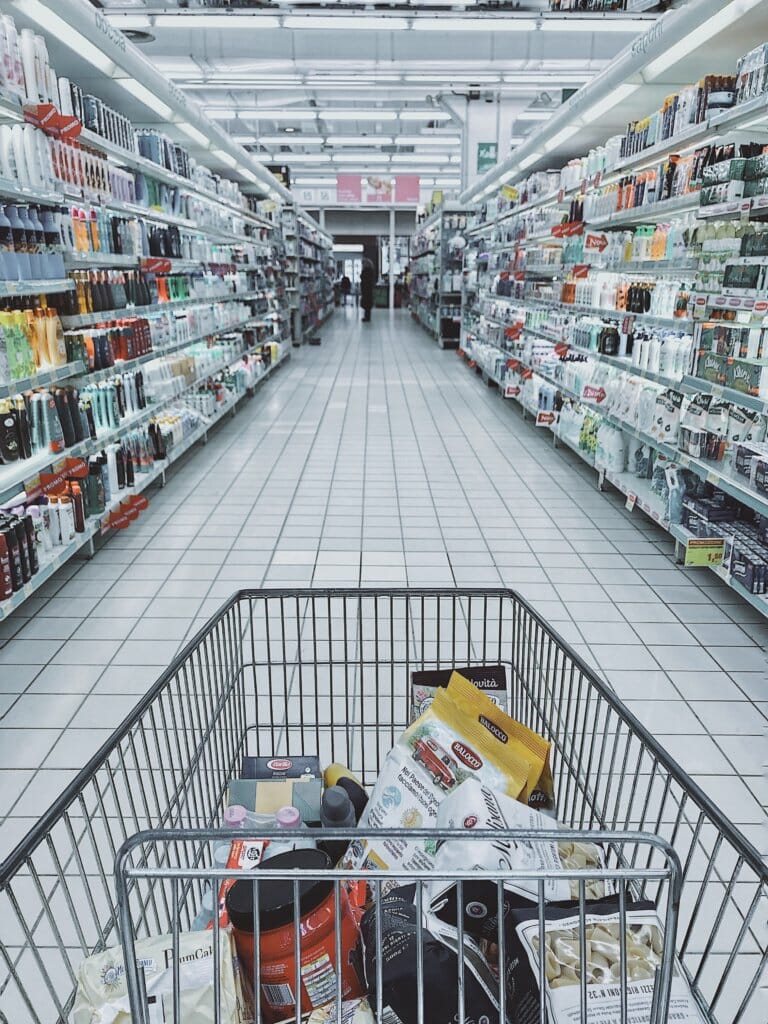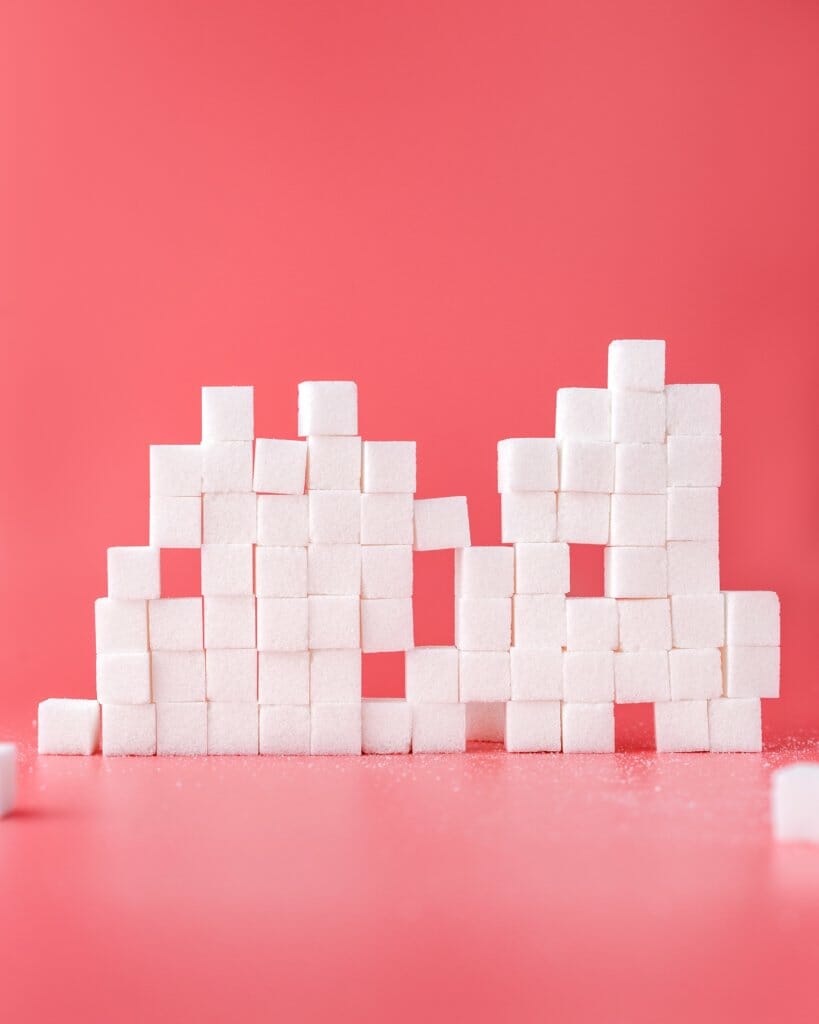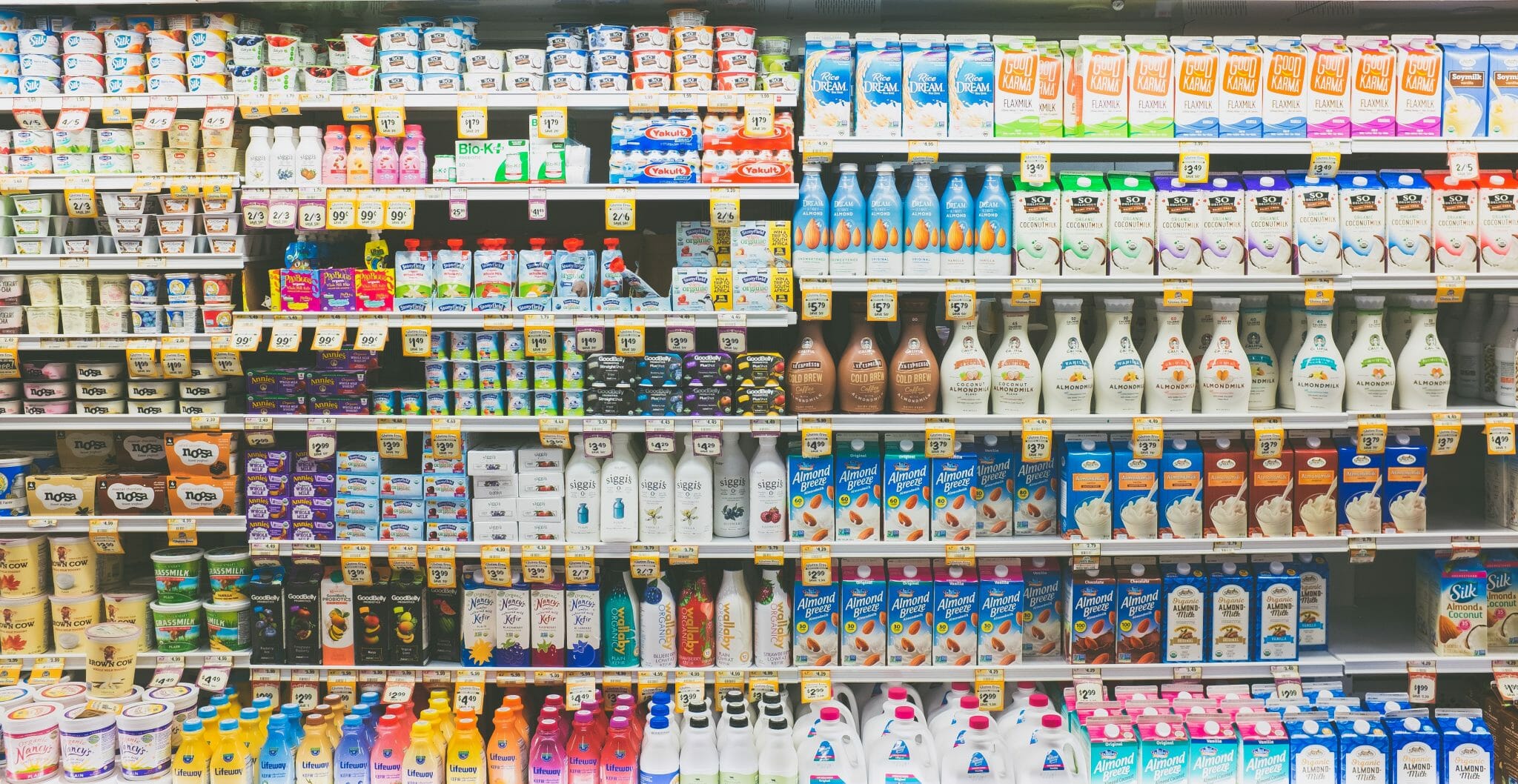Reading food labels, is it worth your time?

Having recently taken up avid label reading due to health issues I have found myself increasingly perplexed. Spending lengthy periods clogging up the aisles of my local supermarket in a bid to understand what exactly is in a myriad of products I have found it to be as clear as mud.
*Looking on the Gov UK site they state that food labels should be:
- clear and easy to read
- permanent
- easy to understand
- easily visible
- not misleading
When it comes to pre-packed and prepared foods, additions in recent times of traffic light nutritional info and allergens in bold have made it much easier to glance to view the all-important how many calories, fat, sugar etc. It’s that specific stuff though when you’re trying to eat less potentially chemical and toxic compounds that are difficult to root out. Healthline has produced a great article shedding light on the main additives to look out for and if and why you should avoid them. **For example, Guar gum. I have seen this frequently but had little to no understanding of what it actually is. The skinny in short is that it’s a carbohydrate thickener, it may help lower blood sugar and cholesterol but it may also cause obstruction to your oesophagus or small intestine!
It’s left me feeling uneducated and lost. Looking at the lists of what to look out for on labels you could say they aren’t misleading. The fact they aren’t easy to understand is down to me not knowing what those ingredients are, rather than them being mis-labelled. It’s a case of if you don’t recognise it you have to turn to Google. It’s time-consuming but necessary and probably a good driver to eat more whole foods but what about when it’s something we’re trying to avoid and it’s labelled differently to how we may expect.

Case in point sugar. Sugar is a funny one because it’s next to impossible to cut out of a modern western diet if you aren’t cooking and preparing all of your own food. When you want to cut back though you can come to find it’s hidden in plain sight more often than not on an ingredients list. Some are obvious to the savvier of us like corn syrup, fructose, glucose etc but it’s names like barley malt, ethyl maltol and maltose where we can quickly come unstuck. As consumers, we can call for more understanding on these labels but it’s our responsibility to use the nutritional labels to get a real gauge on just how much sugar we could be consuming and not relying on the sugar jumping out on the listed ingredients.
Label reading isn’t ever going to make it onto a bestseller list. It is worth the time should you need to know you’re avoiding certain specific ingredients and to educate yourself as to what the more scientific-sounding component parts of a product are. Beyond that, it’s all gravy.


